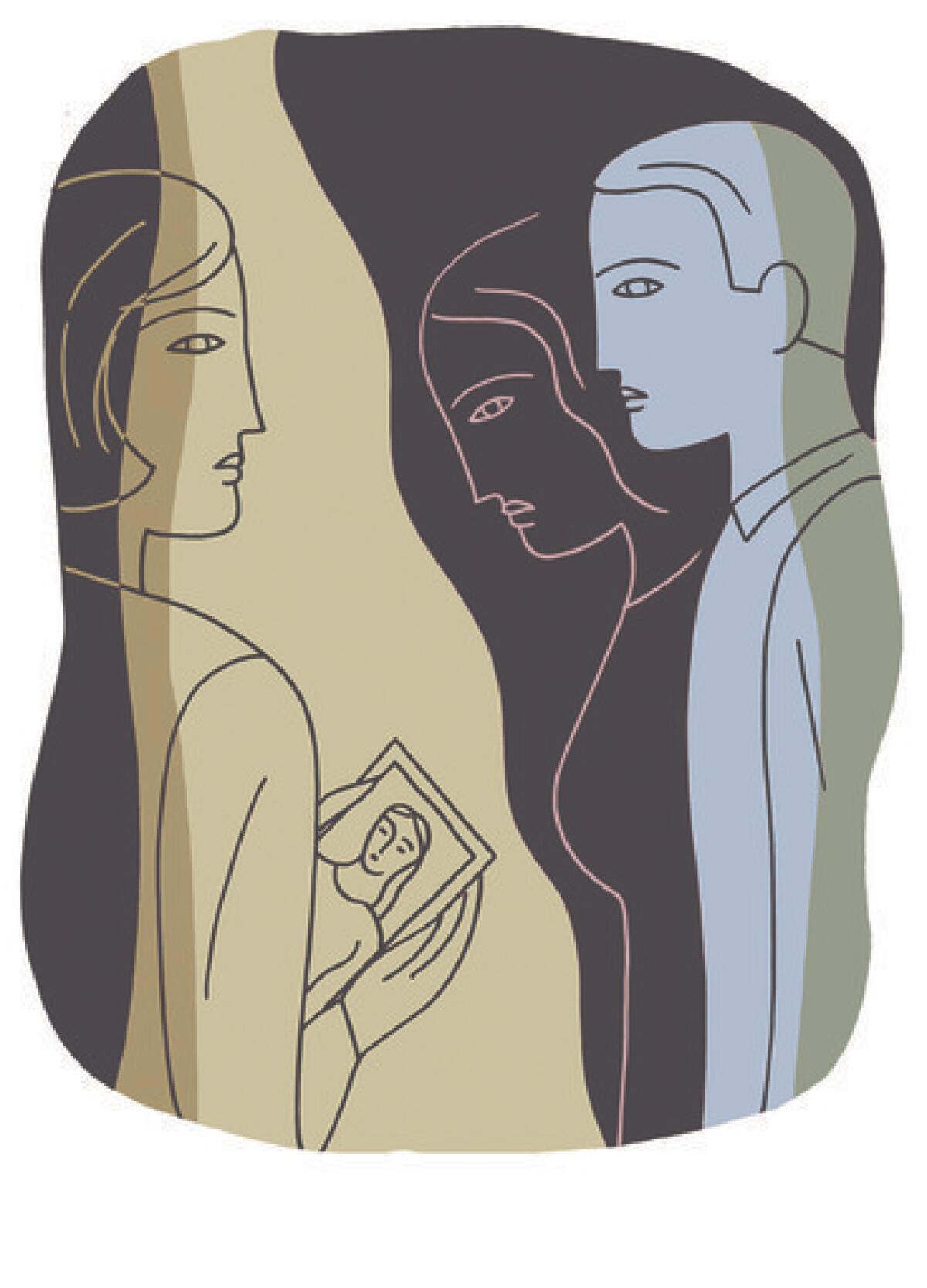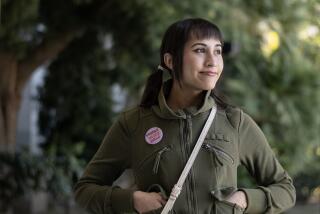A transgender story: My daughter, my son

Sarah, once my daughter, is now Finn, a member of the transgender community. Those are hard words to write.
I want to love the man my daughter has become, but floundering in the torrent of her change and my resistance to it, I fear Iâll never make it across my river of anger and sorrow.
I think about Sarah growing up, how she always acted with courage and fortitude. In junior high she studied Russian because it was âa challenge.â In high school she proved she wasnât too small to play water polo goalie.
In college she announced she was gay. I hoped her lesbianism might be a passing phase, but instead Sarah began to dress in male clothes and bind her breasts. On her Facebook page, she announced sheâd changed her name to Finn.
Trying to be supportive, I called her SarahFinn.
Then one December day, just before her father and I were leaving on a vacation, a handwritten letter on lined paper ripped from a notebook arrived in our mailbox.
âI want to be completely honest about who I am and whatâs going on in my life,â our daughter wrote. âI went to Florida, had my breasts removed and am now taking hormones.â She said she feared being rejected but told us our relationship meant a lot to her.
Frantically we tried to reach her by phone in Oregon, without success. My husband talked me out of canceling our trip and flying to visit her. A week away to calm ourselves, he insisted, would be for the best.
When we returned, we all agreed that a phone conversation would not do, and Finn promised to visit us in Los Angeles after New Yearâs.
While waiting, I read voraciously. I knew so little about issues of gender identity. When travel writer James Morris had reassignment surgery in 1972, becoming Jan Morris, I was a mother with two toddlers and had neither the time nor inclination to learn more.
Now the issue was knocking at my door. I started reading firsthand accounts of people like Jennifer Finney Boylan, who described how uncomfortable she had felt in her own skin. But the stories only increased my discomfort. It was painful to think that my child, whom I had believed to be generally happy, had in truth been miserable.
Every parent knows her childâs life cannot be stress free, but the books I was reading showed me just how much she must have suffered for the secret she kept from friends, siblings and parents. How had it felt to put a dress on for the prom? To go on sleepovers? To long to be who you werenât?
I began to feel more sympathy for her, but I still struggled with my feelings. A transgender child brings a parent face to face with death. The daughter I had known and loved was gone; a stranger with facial hair and a deep voice had taken her place.
Everything was painful. Seeing a photo of Sarah as the kindergarten circus ringmaster brought tears. I wondered whether it all could have been prevented, and found myself idly thinking things like: If Iâd let her do kick-boxing, would she still be Sarah?
Writing, usually a comfort, became a chore. My mind, filled with the rapidly changing story of my child, left no room for fiction.
Finn put off coming to visit until spring, so we began to âtalkâ via email.
âYour sadness is a hard thing to carry,â Finn wrote.
I replied: âYou canât expect us to jump for joy.â
âYou think Iâm a freak of nature,â Finn wrote back.
âNot a freak of nature, however Iâm worried that you are troubled.â
âI have friends. Iâm on the deanâs list. I exercise regularly, cook, and push myself to learn. Does that sound like a troubled person?â
I had to admit it didnât.
A new honesty was developing between us.
Then Finn arrived.
The first day we went out for lunch and I tried again to understand her â I couldnât yet say âhisâ â motivation and actions. Finn in turn wanted to know why we couldnât just accept the changes. The conversation ended in tears.
Later we spoke with a gender-friendly therapist, and although I cried and my husband sulked, we seemed to be moving forward. At the therapistâs request we tried to call our child Finn. The name was difficult, and the pronouns even harder. âSheâ often slipped out. So did the word âdaughter.â
Finn seemed to finally get a glimpse of how painful this was for his parents.
Still, when he returned to Oregon, the goodbye at the airport was short and quick; the hug strained.
Then three things happened.
The first was that my granddaughter took one of the books I had written to share with her kindergarten class. She explained: âItâs dedicated to Henya, my mother, Jonathon, my uncle, Alan, my uncle and Sarah, who used to be my aunt but now is my uncle.â I longed to feel that same casual acceptance.
The second was a comment from a friend. Trying to make me feel better, she said, âWhen you have four children, youâre bound to have one who is a failure.â
The words shocked me. Was Finn a failure? I certainly didnât want to think so, but unless I was willing to let go of my judgments, it was hard to see how else to think of him.
And then came the third event: I had an epiphany. One morning, in a half-asleep, half-awake state, I realized what Sarah had done to be true to herself was brave and incredibly courageous.
Seeing Finnâs action in that light gave me cause for celebration. He was the same person he had been as a she.
Last week Finn came home for a visit. He took photographs for an art school project. We laughed over coffee, made our favorite goat cheese pizza, gossiped about family and reminisced about old times.
I realized what I should have known all along: The packaging may be different, but whatâs inside Finn is unchanged.
There will be days when feelings of what-might-have-been will return. Iâm still struggling to swim across my river of sorrow and anger to join Finn on the far bank.
But I feel like I might be getting close.
Ann Whitford Paul latest childrenâs books are âWord Builderâ and âTortuga in Trouble.â She is also the author of a book for adults, âWriting Picture Books: A Hands-On Guide from Story Creation to Publication.â
More to Read
A cure for the common opinion
Get thought-provoking perspectives with our weekly newsletter.
You may occasionally receive promotional content from the Los Angeles Times.










